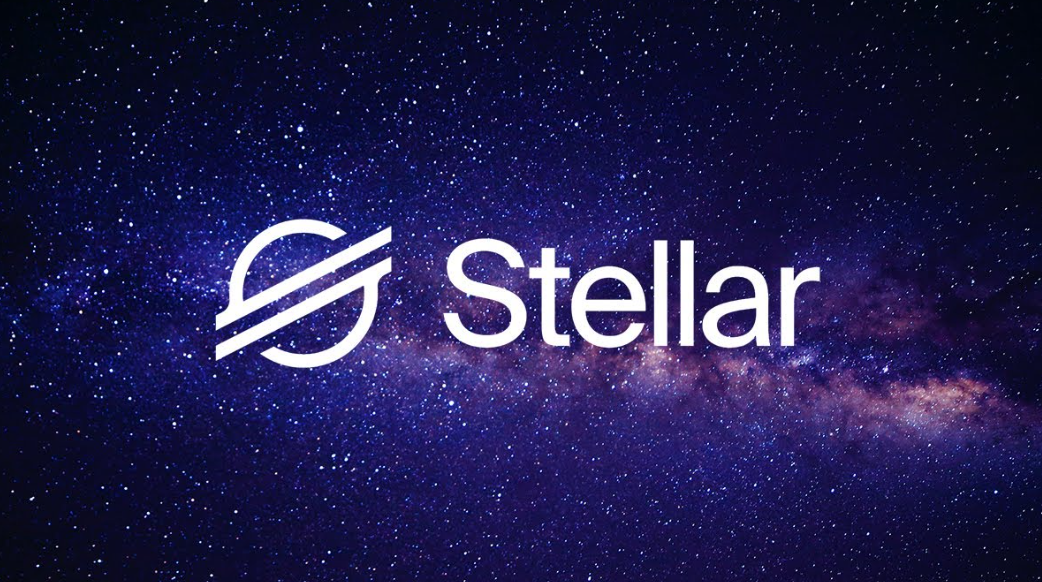What is Stellar and How Does it Work? If you’re looking for information about cryptocurrency and blockchain, you may have come across Stellar. The technology behind this project uses a decentralized protocol to enable low-cost transfers from digital currency to fiat money. The system also allows for cross-border payments. However, before you get too excited, you should know what Lumens are and how they work.
Lumens are a native digital currency
The Stellar blockchain network is the basis of Lumens. Lumens are used to facilitate transactions between currencies and are also used as user accounts and for transaction fees. The Lumens are relatively cheap and are available in many different denominations, including stroops, the smallest unit of Lumen coin. In addition, the minimum balance required to create an account is 0.5 Lumens. However, Lumens are not mineable as the system is based on a proof-of-stake protocol.
The Lumen currency is not tied to any national currency. The purpose of lumens is to serve as the denominating unit of the Stellar network. However, the Lumens are not tied to the protocol itself, and the supply of lumens increases each year. The supply of lumens was initially 100 billion when the Stellar network went live. During its first five years, the lumen supply increased by 1% annually.
Lumens are distributed through a direct signup and partnership program. These programs are designed to encourage people to contribute to the Stellar ecosystem. The system also features an airdrop program, in which twenty percent of Lumens are distributed to BTC and XRP holders. Moreover, 5% of Lumens are reserved for the Stellar Development Foundation.
Lumens are traded on many exchanges, including Binance and Bittrex. Currently, Binance is the most popular market for Stellar Lumens, with over twenty percent of the total XLM volume traded there. Bittrex and Poloniex are also popular markets. Despite being a relatively new cryptocurrency, the Lumens could be a lucrative asset to hold. Their value is tied to their utility and ability to solve real-world problems.
Lumens can be exchanged for almost any currency. The network’s network consists of “anchors” which act like PayPal and banks, issuing credits to virtual wallets. The recipient can then instantly exchange the credit to any currency of their choice.
They are used to send money and assets
Stellar is a decentralized platform that uses a distributed ledger to send and receive money and assets. It has several unique features, including an open membership network where users can select their own validators. This makes sending and receiving money and assets incredibly simple. The network is also designed to facilitate financial inclusion for the unbanked.
In order to send and receive money, users convert their existing currency to Lumens and send them to their desired recipients. Once the recipient receives the money, they can convert it back to the currency they originally sent. This unique feature of the Stellar network enables users to create and send digital representations of any currency. The goal of the network is to make all the world’s financial systems work together on one network.
Another notable feature of Stellar is its speed. This decentralized, open network can process transactions in less than one second, and the cost of each transaction is typically less than a penny. This allows it to provide faster and more reliable exchange network than other global payment companies. Another feature is the ability to use anchors, which serve as on-ramps that allow for a more robust and stable network.
Stellar is a decentralized, open-source platform for sending money and assets. The network is designed to accommodate a range of currencies, from traditional dollars to crypto assets. Its digital currency, called lumens (XLM), is used for international payments and for quick transactions across different currencies. This decentralized network has multiple use cases and is growing in popularity.
They are used to prevent spam
A cryptocurrency called Lumens is used on the Stellar network to prevent spam. It requires every account to hold a minimum balance of Lumens at all times. These Lumens are used to pay transaction fees and prevent the ledger from being flooded with spam. Stellar was first launched in 2014 and co-founded by Jed McCaleb, who also founded Ripple.
The main asset of Stellar is its crypto-token called Lumens. Lumens can be used for payments and as an investment. Lumens are equivalent to about $0.07275 USD, so they shouldn’t be too difficult to acquire. They are also used as a means of preventing spam and fraudulent activity.
The Stellar project has an advisory board that consists of several notable figures in the blockchain industry. The founder of WordPress and AngelList, the CEO of Stripe and the founder of the Stellar Development Foundation all serve as members. The advisory board aims to promote Stellar and raise awareness of the technology. It is also committed to making Stellar easy to use and affordable for all users.
Stellar is supported by several popular software wallets and hardware wallets. While there is no official Stellar wallet, Stellar is supported by the Stellar community. As a non-profit project, it focuses on financial inclusion and a social-good ethos. As such, the platform has a low cost of operation and minimal resource requirements.
The Stellar network is a viable way to move money. Transactions take an average of five seconds. Moreover, the minimum balance required for Stellar users protects the network from spam. The total supply of Stellar Lumens is fifty billion, with thirty billion Lumens held by the Stellar Development Foundation.
They are a blockchain-based distributed payments infrastructure
Stellar is a blockchain-based payments infrastructure with the capability to handle micropayments with minimal fees. It also enables real-time settlement of payments. Many companies are using Stellar to simplify their business processes. Its open-source, free resources include an extensive documentation, software development kit, and tutorials. The cost of operating Stellar is equivalent to that of running a small server.
Stellar supports payments in many currencies. Its integrated network allows for instant cross-border payments. For example, if a farmer in Samoa wants to send money to their family in the US, they can send them a payment using Stellar. The recipient can then withdraw the money from an anchor that supports EUR.
Several companies are leveraging Stellar as a payment service. The company has a strong advisory board. Its co-founder and CEO, Jed McCaleb, originally worked for Ripple in 2012 before leaving to create Stellar. His success has earned him great recognition in the blockchain industry.
In October 2017, Stellar announced a partnership with IBM. IBM is already using its native network currency, Stellar Lumens, for cross-border payments and is pushing for the coin to become the default currency for its clients. It also has partnerships with Deloitte, Stripe, Wipro, and several other notable organizations.
Another benefit of Stellar is its ability to make currency transfers cheap. The system also works with cross-geography business transactions. Janet sends Keith USD 5000 using the Stellar payment system. Bank B confirms the transaction by checking Keith’s compliance with Stellar’s rules.
The system uses a decentralized network for transferring money across borders. It uses Lumens, a cryptographic token, as the means of transfer. The Lumens are converted from the outgoing currency into the target currency at the recipient’s end. The transaction then gets recorded on a central ledger. This blockchain has a consensus mechanism that ensures that every transaction is recorded accurately.
They are based on an altruistic ethos
Unlike the more popular cryptocurrencies, Stellar is not primarily designed to be a monetary store of value. Instead, it has an altruistic mission. It was founded by Jed McCaleb, a programmer who also co-founded Mt. Gox, eDonkey, and Ripple. The team also includes CTO Nicolas Barry and chief scientist David Mazieres.




